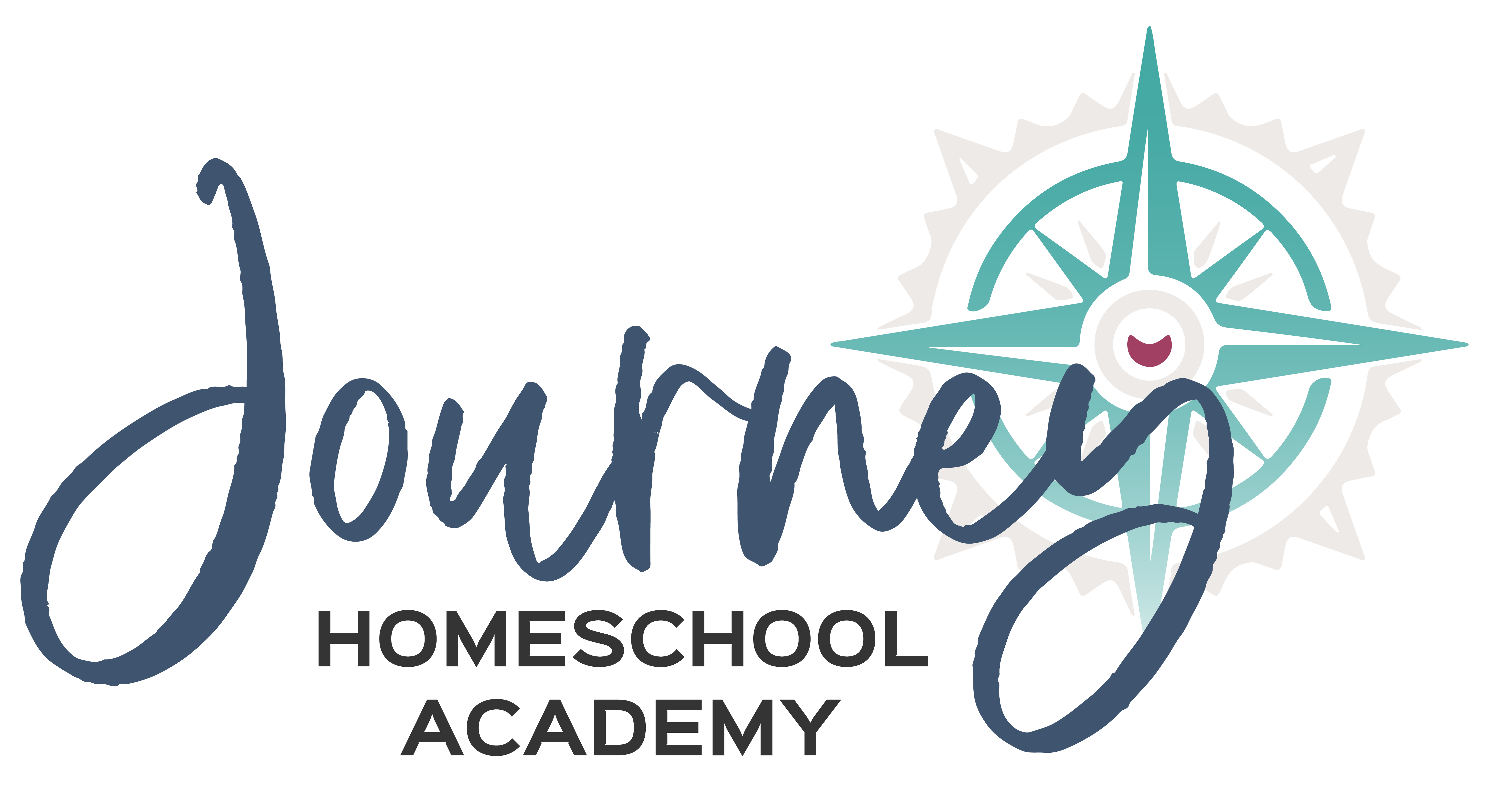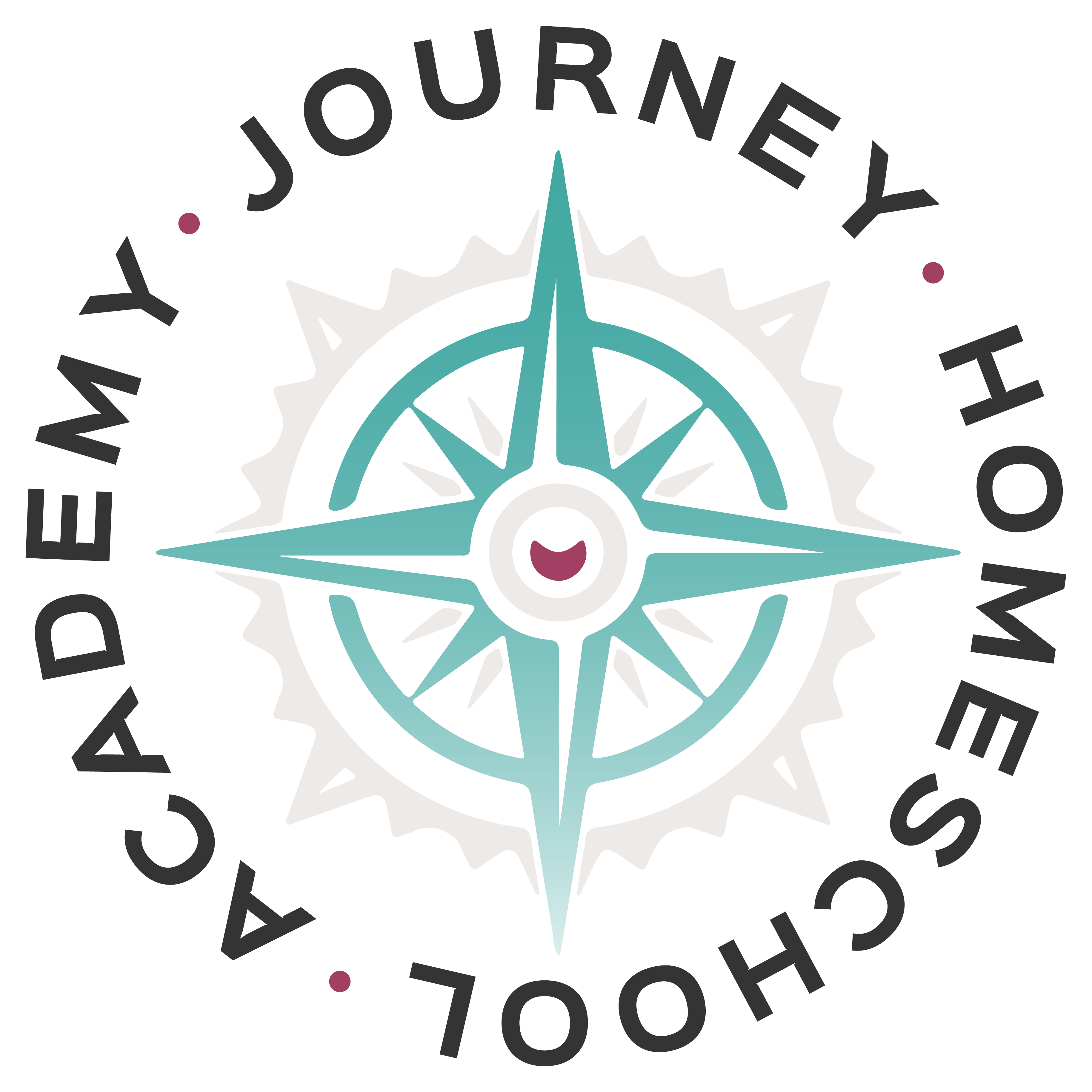Lab Supplies for Discover Physics
For any family looking for a robust physics course, hands-on lab assignments are a must—and this involves purchasing supplies.
While most students’ favorite part of physics is the labs, it’s not essential that students complete all of the labs. We recommend parents have students complete a minimum of the first two labs where we teach students about lab report writing plus 13 more labs (a total of 15 labs).
Where to Buy Supplies?
1. Purchase the Discover Physics Lab Kit
Cornerstone Educational Supplies has created a lab kit for those who would like to complete all of the labs. We recommend students complete 15 of the 27 labs in the lab book that accompany this course. However, if you would like to do all or most of the labs, this is the most economical way to purchase the specialty lab supplies.
2. Purchase supplies a la carte:
Most families won’t complete all of the labs. For those who will be picking and choosing which labs or want to purchase just a few supplies at a time, use the links in the list below to purchase items a la carte from Home Science Tools.
Lab Supplies on a Budget
We understand the budget constraints of many homeschoolers — purchasing curriculum and supplies often for multiple children can be pricey!
We recommend your students plan to watch all of the lab videos and complete at least 15 labs for high school credit. Be sure to have your students complete labs that accompany lessons 1 and 2 where we teach students how to write lab reports.
So how can you make this work on a tight budget? One great way you can stay within your budget constraints is by completing the labs that only require easily obtainable lab supplies and supplies you can probably find around your house.
Email for our list of the most affordable labs or check out the list of labs below to see what labs you already have supplies for.
Canadian Families
Please see this page for a special note on sourcing lab supplies.
Lab Supplies for Discover Physics
Below are two lists of supplies you’ll need. On the left are lab supplies that need to be purchased from a lab supply company. On the right is a list of supplies you will like have around your house or that you can easily acquire from a local store. Alternatively, you can see a list by household and specialty supplies on this page.
Lesson 1: The Effect of Weight on Drop Time
-
Stopwatch (preferably one that shows hundredths of a second)
-
Meterstick or yardstick
- Scale
- Paper ball
- Baseball
- Tennis ball
- Pool ball
- Orange
-
Option 1: Smart phone or video camera (preferably with a slow-motion filming option)
-
Option 2: Large board to create a ramp
Lesson 2: Graphing & Writing Physics Lab
Reports
- No supplies needed
Lesson 3: Investigating the Period of a Pendulum
-
Set of 3 masses: 50 g, 100 g, 200 g
- String
- Scissors
- Meterstick or ruler
- Masking tape
- Stop watch
- Ring and ring stand (optional)
Lesson 4: Learning About Sound Waves in
Simple Musical Instruments
- Empty 2-liter or 20 oz plastic pop bottle
- Water
- Ruler
- Marker
- Computer with microphone or smartphone
- Online tuner
Lesson 5: Electromagnetic Wave Scavenger
Hunt
- Various household items
Lesson 6: The Optics Bench
- Double convex lens, 150 mm f/l
-
Index card (white)
Lesson 7: Discovering the Specific Heat of
Water
-
Thermometer (measuring below 0 °C and above 100 °C)
-
Small pot
-
1 cup measuring cup
-
Spoon
-
Stove
-
Timer or stopwatch
-
Water
-
Ice
Lesson 8: Comparing the Specific Heat
Capacities of Metals
- 3 Styrofoam cups (16 oz capacity)
- Scale
- Thermometer
- 100-200 g of steel pellets or bbs
- 100-200 g of US nickels
- Pot of boiling water
- Vegetable oil
- 250 mL beaker
- Beaker tongs
Lesson 9: The Work of Expanding Gas
- Empty 20 oz. plastic bottle (made of sturdy plastic, PET/Recyclable 1)
- Rubber balloon
- Large bowl or plastic tub capable of holding water to surround the plastic bottle
- Small weights that can fit inside the bottle (coins work well)
- String and ruler or seamstress style tape measure
- Stove/pot with water
- Thermometer
- Sharpie marker
Lesson 10: Exam 1 (NO LAB)
Lesson 11: Exploring Motion with Dynamics
Carts
- 1 smooth wood board (approximate 22-24 in long x 5-6 in wide)
- 1 smooth wood board (approximately 6 ft. long by 6 in wide)
- Meterstick
- Stopwatch
- Dynamics cart
- Video camera, smart phone with video capabilities, or webcam
- Masking tape for marking
- Marker
Lesson 12: Speeding Up: Acceleration with
Dynamics Carts
- 1 smooth wood board (approximately 6 ft. long by 6 in wide)
- Meterstick
- Stopwatch
- Dynamics cart
- Video camera, smart phone with video capabilities, or webcam (optional, preferred)
- Masking tape for marking
- Marker
Lesson 13: Predicting Projectile Motion
- 46” shelving track
- Support stand
- Ring support
- Meterstick
- Stopwatch
- Video camera
- 1” steel ball
- Masking tape
- 8.5×11” paper
- Pencil
Lesson 14: Investigating the Effects of Force
on Motion
- 2 spring scales
- 4 hooked weights:
500 g, 200 g, 100 g, and 50 g - Friction pull board
- Dynamics cart
Lesson 15: Examining Terminal Velocity with
Coffee Filters
- 5 paper coffee filters
- Meterstick
- Stopwatch
- Video camera
Lesson 16: Crash Carts: Conservation of
Momentum
- Spring scale
- 2 dynamics carts
- 50 g hooked mass
- Meterstick
- Stopwatch
- Video camera
- Masking tape
- 1 smooth wood board, approximate 22-24 in long x 5-6 in wide
- 1 smooth wood board, approximately 6 ft. long by 6 in wide
Lesson 17: Conservation of Work: Comparing
Mass and Starting Height
- 1 smooth wood board (approximate 22-24 in long x 5-6 in wide)
- 1 smooth wood board (approximately 6 ft. long by 6 in wide)
- 1 dynamics cart
- 50 g mass
- Spring scale or kitchen scale
- Books for stacking
- Meterstick
- Stopwatch
- Video camera
- Masking tape
Lesson 18:
No lab
Lesson 19: Exploring Angular Acceleration of
Spheres & Cylinders
- 2 solid cylinders of different sizes and weights (smaller cans work best)
- 2 hollow cylinders of different sizes and weights (smaller empty cans work best)
- 2 hollow spheres of different sizes and weights (smaller balls work best, such as a ping pong ball)
- 2 solid spheres of different sizes and weights (smaller balls work best)
- 1 smooth wood board (approximately 6 ft. long by 6 in wide)
- Books for stacking
- Meterstick
- Stopwatch
- Video camera
- Masking tape
- Piece of string (long enough to wrap around each object)
- Spring scale or kitchen scale
Lesson 20: Exam 2 (NO LAB)
Lesson 21: Measuring Electrical Charge with
an Electroscope
- Glass Rod
- Fur friction pad
- Rubber rod
- Silk friction pad
- Rubber balloon
- Paper at least 8″ square (newsprint if available)
- Pith ball on a string
- Ruler
Lesson 22: The Voltage of Food
- Digital multimeter
- Zinc plate
- Copper plate
- Alligator clip wires
- Ruler
- Potato
- Onion
- Lemon
- Orange
- Dill pickle
- Sharpie marker
Lesson 23: Simple Circuit Investigation
- 1 new AA battery
- Battery Holder for 1 AA Cell
- 2 Alligator Clips
- 4 Resistors (¼ watt resistors: 1.1 kOhm, 1.5 kOhm, 2.0 kOhm, 4.7 kOhm with a 1% tolerance level)
- E10 Mini Light Bulb 3.8 V
- Light Bulb Holder
- Digital Multimeter
Lesson 24: Building Series & Parallel Circuits
- 3 new AA batteries
- Battery holder for 3 AA cells
- 3 resistors (¼ watt resistors: 1.1 kOhm, 2.0 kOhm, 4.7 kOhm with a 1% tolerance level)
- 6 alligator clip wires
- Digital multimeter
Lesson 25: Plotting Magnetic Field Lines
- 2 -1.2 in ceramic bar magnets
- Small magnetic compass
- 5 large pieces of paper (at least 11”x15”)
- Fine tipped sharpie or flare pen
- Meterstick or ruler
Lesson 26: Testing Relative Magnetic Strength
- 1.2 inch ceramic bar magnet
- 3 New AA Batteries
- Battery holder for 3 AA cells
- 2 alligator clips
- 6 m of 28 gauge magnet wire
- Galvanized steel nail (3 – 3.5 in.)
Lesson 27: Exam 3 (NO LAB)
Lesson 28: Time Dilation Simulation
- Ruler with millimeter markings
Lesson 29:
No lab
Lesson 30: Simulating the Orbits of Planets
No supplies needed
Lesson 31: Decay Chain Activity
No supplies needed
Lesson 32:
No lab
Lesson 33: Wavelength & Interference Pattern Investigation
- Ruler with millimeter markings
- Laser pointer
- Diffraction grating (1000 lines/mm)
- Diffraction grating (500 lines/mm)
- Meterstick
-
Optic bench lens holder (optional)
Lesson 34:
No lab
Lesson 35: Exam 3 (NO LAB)

